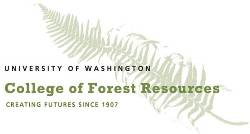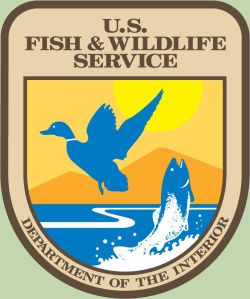
About the Fires @ ALE Project
Project summary
Thousands of hectares of native shrub and grassland burned in large fires in 2000 and 2007 in the Arid Lands Ecology Reserve of the Hanford Reach National Monument. Permanent vegetation monitoring plots were established throughout the reserve and on surrounding private land in the mid-1990s, and many of these plots were re-measured following the 2000 fire. In addition, efforts to control invasive species (e.g. cheatgrass and tumbleweed) and establish native species took place following this fire. The combination of monitoring and rehabilitation provide a unique opportunity for us to understand the effects of recurring fires in this landscape. These fires may have significantly altered the reserve by killing-off previously dominant species and allowing alien species to invade. Such processes don't just impact on the conservation value of the site but also impact on wildlife and the productivity of rangelands. We are re-measuring existing permanent plots to address questions regarding the interactions of native plants, invasive species, rehabilitation actions, and repeated fires. The results of this study will inform immediate management decisions regarding present and future post-fire rehabilitation and will help land-managers to make informed choices about how best to restore rangelands that have been burnt by wildfires.
Background
|
|
Sagebrush steppe habitats in the western United States are important for wildflowers, wildlife and for rangeland agriculture. Degradation of these systems generally involves the loss of native grasses and wildflowers and increased dominance of non-native plants. Invasion by plants like cheatgrass is closely linked to more frequent and larger wildfires which can result in the practical elimination of shrubs. This vicious circle of increased invasive species and increased fire leads to the conversion of diverse and productive landscapes into areas with little habitat value. The Hanford Reach National Monument was established in 2000 to protect some of the most extensive shrubland habitats in Washington. The Fitzner-Eberhardt Arid Lands Ecology Reserve (the ALE Reserve), a 77,000 acre portion of the National Monument, comprised the highest quality examples of shrub steppe remaining in the state at the time. Virtually all of the ALE Reserve burned in 2000 in the 24 Command Fire (27 June - 2 July 2000), which consumed 163,000 acres. This fire was by far the largest and most severe to have burned in this area in recorded history. Fortuitously, a large number of permanent vegetation plots had been established in the 1990s in and around the ALE Reserve. Re-sampling of these plots in 2001-2004 helped managers understand the impacts of the 2000 fire on the vegetation of the ALE Reserve. In addition, restoration seeding and shrub planting treatments were carried out and the effects of these treatments were evaluated through 2004 on newly established permanent plots. Amongst other things, this work documented the almost complete loss of the shrublands that once dominated the ALE Reserve. |
In August 2007 two fires, the Milepost 17 Fire (13 August 2007) and the Wautoma Command Fire (16-17 August 2007), burned across the ALE Reserve and surrounding lands, together blackening approximately 77,000 acres of shrub steppe. This second fire may accelerate the changes seen after the 2000 fire. Documenting the impacts of these fires is critical if the management of the National Monument is to successfully attain their goals to conserve and restore the plants, animals and shrub-steppe and other upland habitats native to the Columbia Basin. The permanent vegetation plots provide an outstanding opportunity to examine the effects of repeated fires on shrubland habitats, and may provide valuable insights into the nature of long-term changes that these frequent, large fires may be causing. The results of the study will provide land managers with extensive, on-site information about the nature of changes in vegetation that have occurred over the last two decades and after two large fires. This information will supply data for evaluating the success of previous rehabilitation efforts, and help guide decisions regarding future post-fire management actions. These results will be of use to a broad spectrum of land managers working in shrub steppe systems in eastern Washington. |
|
Back to top
Objectives
There are two over-arching objectives to our project which we will examine by addressing a number of key research questions:
- Quantify the effects of two successive fires on shrub steppe vegetation. Specifically, we want to address the following questions:
- How did the 2007 fires alter the various biological components of the system?
- Have the trends in community composition and structure that were noted following the 2000 fire continued, or did a second fire in short succession modify the direction, rate and/or magnitude of these changes?
- Do these trends suggest that a fundamental change in state has occurred in the ecosystem?
- How do the observed changes in vegetation composition relate to pre-fire fuel characteristics and to measures of fire severity for the 2000 and 2007 fires?
- Determine if rehabilitation treatments after the 2000 fire affect the recovery of shrub steppe communities after a second fire. Specifically:
- How did the 2007 fires affect the rehabilitation plantings that were carried out following the 2000 fire?
- What do these findings suggest regarding the nature and value of post-fire habitat rehabilitation measures at this site, considering long-term vegetation trajectories?
 |
 |
 |
Last modified: 8/05/2009 10:11 AM



